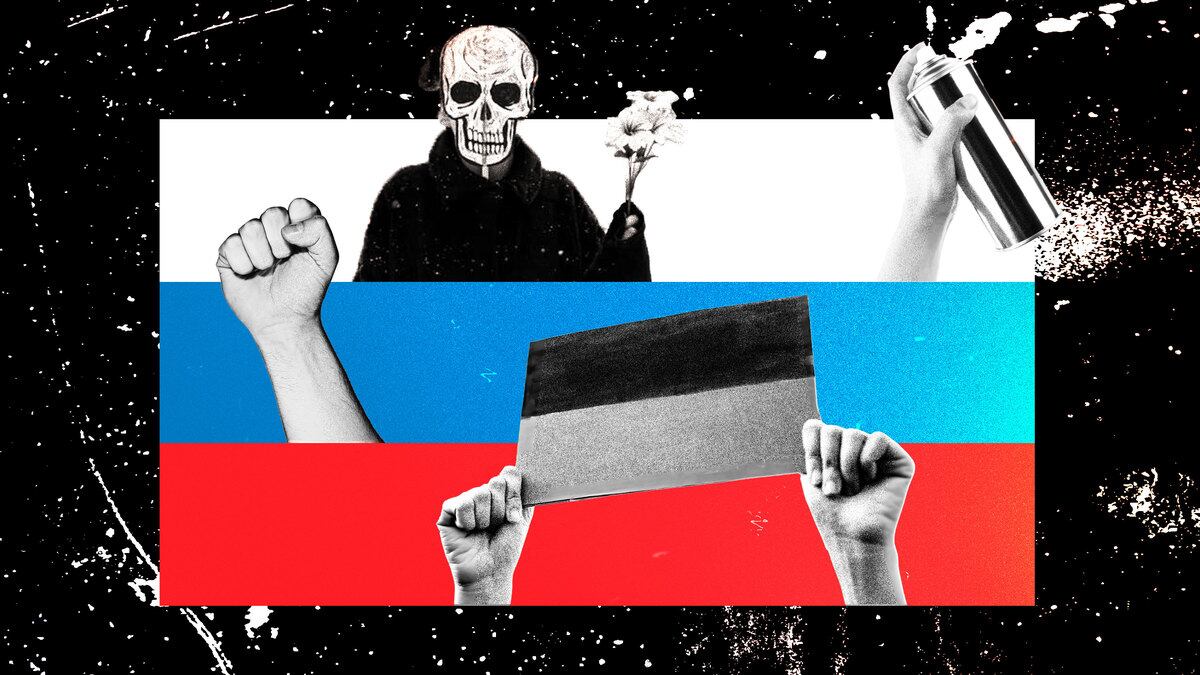Russia
Photo Illustration by Luis G. Rendon/The Daily Beast/Getty/Party of Dead
The Sneaky Way Russians Are Still Slamming Putin
STRIKING A NERVE
Russian artists are taking to the streets of their cities to blast the war in Ukraine, one masterpiece at a time.

Trending Now





